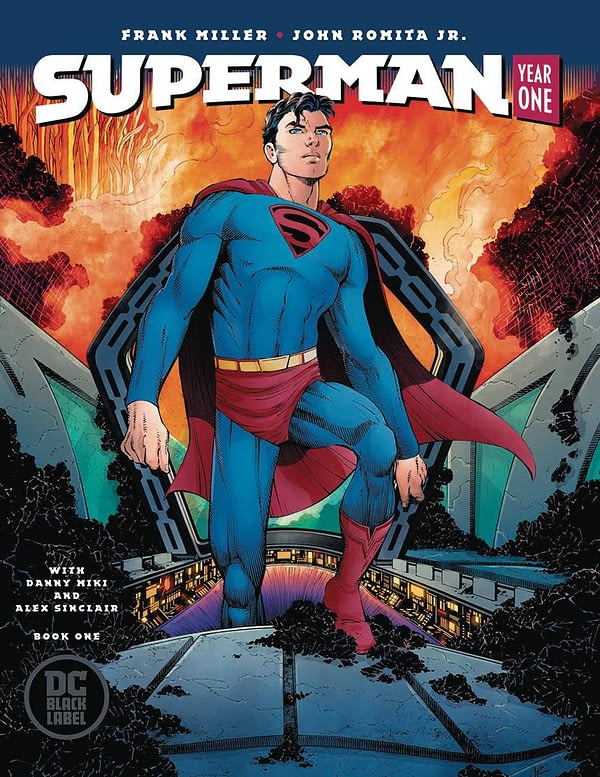

Stephanie Meyer makes the blood sucker a hero free from moral complications after about a book and a half. They are sexy creatures that can love, live, and fight for their lands and loves. And in Twilight, vampires are teen idols. They endure for a host of reasons, but the angst of their condition is chief among them. With Anne Rice’s Vampire Chronicles, the lavish long lives of Lestat and Louis are tragic affairs with queer underpinnings that make for sympathetic, gothic figures of mystery and intrigue. In the post-Vietnam America that seemed under attack from unknown culture and change, this darkness was all too real to middle American readers. With King, Barlow is a force of nature that kills or turns everyone in a small town. And each shows a different side of the creature in question. These are perhaps the most widely recognized examples of modern vampires. There are thousands, but I’ll narrow it down to King’s ‘Salem’s Lot, Rice’s Vampire Chronicles, and Meyer’s Twilight. Think on modern American vampire stories for a moment. Which is why this story by an Indian English creative team that is aimed at a western audience succeeds so wildly in making vampires truly horrific. Vampires are by their nature, colonial, capitalist, bourgeoisie parasites. Whether the slavery of a thrall or the life blood of victims, the vampire is inherently reliant on the labor, land, and blood of others to survive. The nature of the creature is to survive the life of another.


Not since the Anglo-Irish class narrative undertones in Stoker’s Dracula has the eternal night stalker even hinted at his most obvious allegory. Credit: Ram V/Sumit Kumar/Vittorio Astone/Aditya Bidikar


 0 kommentar(er)
0 kommentar(er)
